
Email Storytelling: How to Stand Out in the Age of AI [2025]
Artificial Intelligence (AI) is everywhere. It’s picking your next favorite song, suggesting what to buy, and even writing the headlines you scroll past. So, of course, it’s made its way into email marketing.
Now, AI-powered tools can craft subject lines, personalize greetings, and even predict the best time to hit send. Pretty smart, right?
But here’s the thing: AI can’t share the excitement of a first sale or the joy of a happy customer. It generates words, but it doesn’t feel.
That’s why the brands that truly stand out aren’t the ones with perfectly timed, algorithm-approved emails. They’re the ones telling stories that feel real, personal, and human.
In this guide, we’ll explore email storytelling, why it works, and how you can use it to create emails people actually want to read.
What is Storytelling in Email Marketing?
Email storytelling works by using narrative techniques and emotional language to make a campaign feel personal rather than promotional.
Instead of simply telling people what to buy, you present a story that resonates with their experiences, challenges, or aspirations.
Effective storytelling in email marketing usually includes a relatable protagonist, a pain point or a challenge, and a resolution.
Many businesses assume that storytelling is just adding a bit of personality or a longer introduction. But real storytelling is about making an emotional connection, not just writing more words.
Traditional sales emails vs. storytelling emails
Imagine opening your inbox and seeing two emails from different brands. The first one reads: “Flash Sale: 20% Off!”
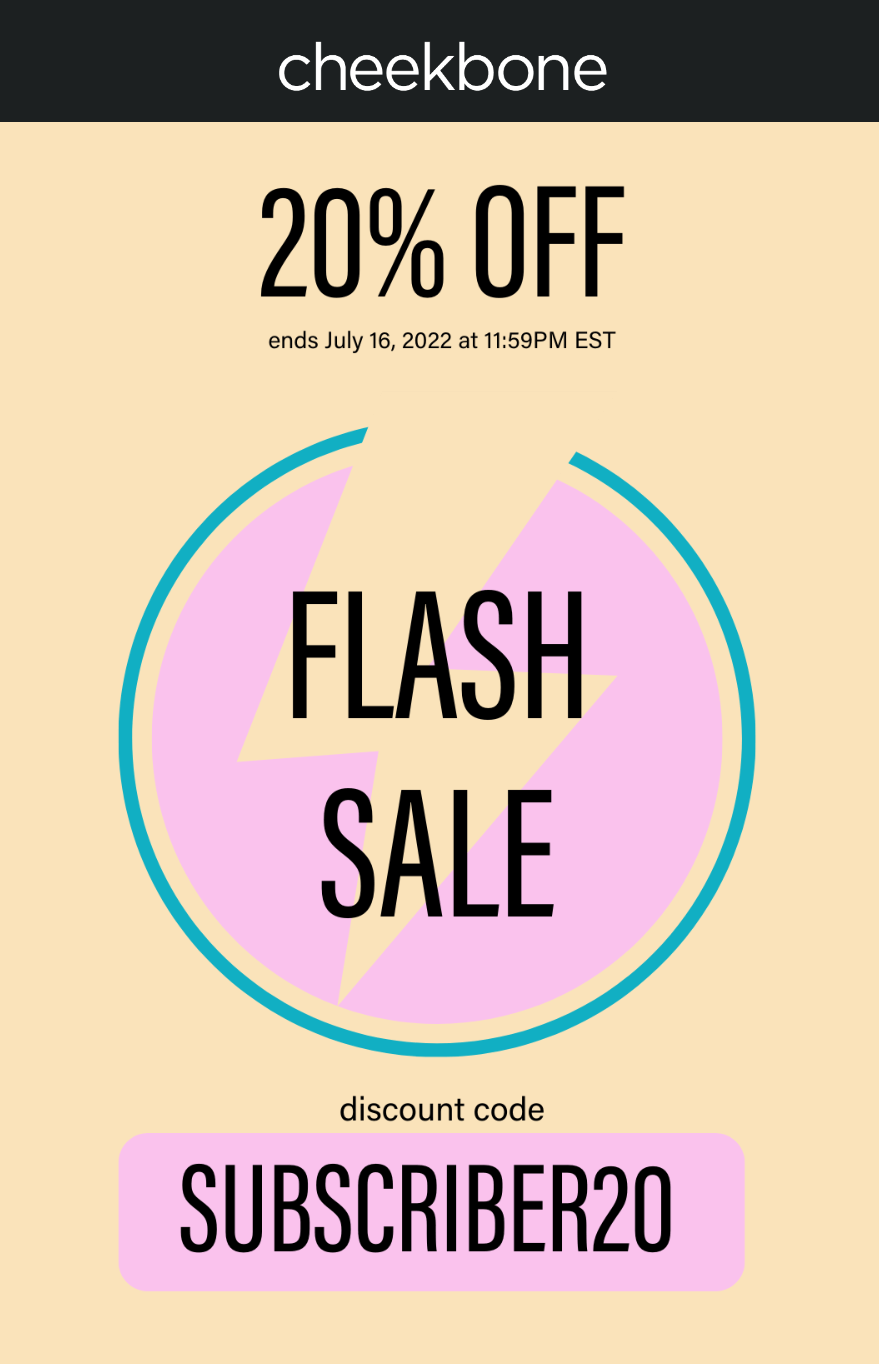
The second looks like this:
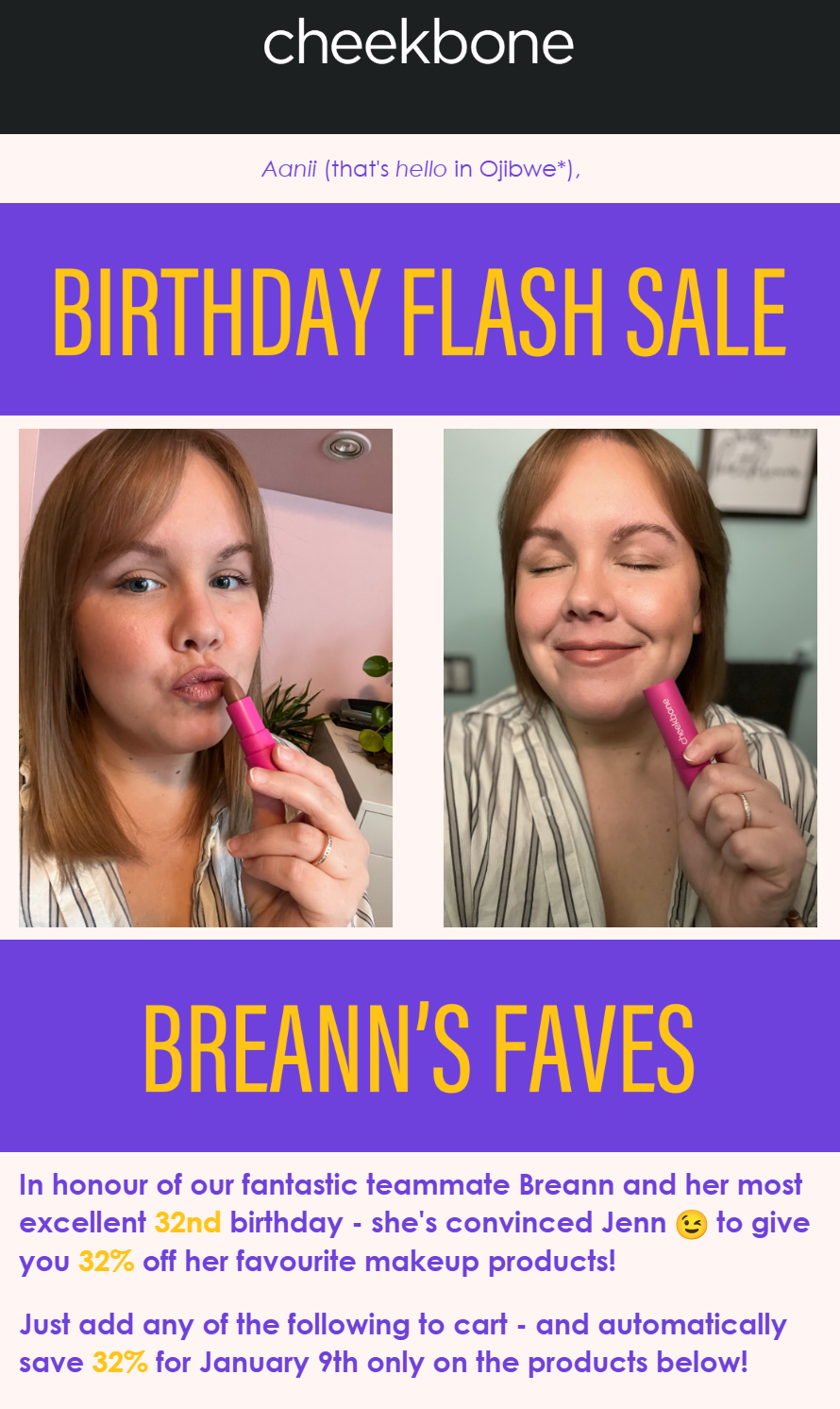
Which one is more memorable?
The first email is pretty straightforward but lacks brand personality and emotional connection.
Cheekbone Beauty’s second email, however, tells a story. It introduces a teammate, Breann, and makes the promotion feel special, inviting customers to celebrate a milestone with her.
This is the difference between traditional sales emails and storytelling-driven emails. Most brands rely on straight-to-the-point, transactional messaging, such as discounts, features, and urgency.
While these emails might generate quick clicks, they don’t build long-term engagement, trust, or brand loyalty.
The Benefits of Adding Storytelling to Your Emails
Storytelling is one of those elements that can transform a single message from a sales pitch into a compelling narrative that hooks the reader.
As Maya Angelou once said, “People will forget what you said, people will forget what you did, but people will never forget how you made them feel.”
However, if you’re still skeptical about whether storytelling is necessary, here are some of its benefits for email marketing.
Increases engagement and conversions
When emails feel personal rather than purely promotional, they create a stronger connection with the audience, leading to higher click-through rates (CTR) and conversions.
Research shows emotionally connected customers are far more valuable in the long run. Their lifetime value is 306% higher than that of merely satisfied customers, and they stay loyal for an average of 5.1 years compared to 3.4 years.
Also, 71% of emotionally connected customers rate brands highly, while only 45% of satisfied customers do the same.
This means that emails that tell a story and evoke emotion don’t just drive engagement and conversions but help build long-term brand loyalty and higher customer lifetime value (CLV).
Makes your brand memorable
People forget facts, but they remember stories. A compelling narrative can stay in the customer’s mind, making your brand more recognizable and meaningful long after they’ve read your email.
According to behavioral scientist Jennifer Aaker, we retain information up to 22 times more when presented in a narrative rather than facts.
Take the example from the book Made to Stick: Most people won’t remember that movie popcorn has 37 grams of saturated fat, but they’ll never forget that it’s worse than eating bacon for breakfast, a Big Mac for lunch, and a steak for dinner combined.
That’s the power of a story that sticks.
So, instead of just listing features, use a story to help customers visualize how your brand fits into their lives and how it’ll improve them.
Humanizes your brand
Storytelling helps bring your business to life, making it feel more authentic, relatable, and trustworthy.
When customers see the real people, values, and experiences behind your brand, they’re more likely to engage and stay loyal.
For instance, imagine an independent coffee business launching a new blend. Instead of sending a generic email saying, “Try our new dark roast,” they share the story behind it:
“Meet Maria, a third-generation coffee farmer in Colombia. Her family has perfected their craft for decades, growing beans with care and dedication. We partnered with Maria to bring a bold, smooth roast straight from her farm to your cup, supporting sustainable agriculture with every sip.”
Now, customers don’t just see a new coffee blend but feel connected to the people behind it, making them more likely to engage with the brand and share the story with their peers.
Create a continuous customer experience
When your emails follow a consistent narrative, they keep customers engaged and make every interaction feel intentional rather than random.
Instead of treating emails as isolated messages, storytelling can guide customers from discovery to purchase and beyond, making them feel like they’re on a journey with your brand.
For example, a fitness brand launching a 90-day program could structure its emails like this:
- Welcome email: Meet Jake. He started just like you, unsure where to begin. Here’s how he took the first step.
- Onboarding email: Overcoming week one struggles. How to stay motivated like Jake did.
- Progress check-in: Jake just hit 30 days, and here’s how he feels. Are you ready for your next milestone?
- Re-engagement email: Jake completed his journey, but he’s not stopping. Here’s how to keep progressing.
A popular brand that has a similar tactic is Duolingo, which uses its mascot, Duo, to re-engage users.
Subject line: You made Duo sad 😢
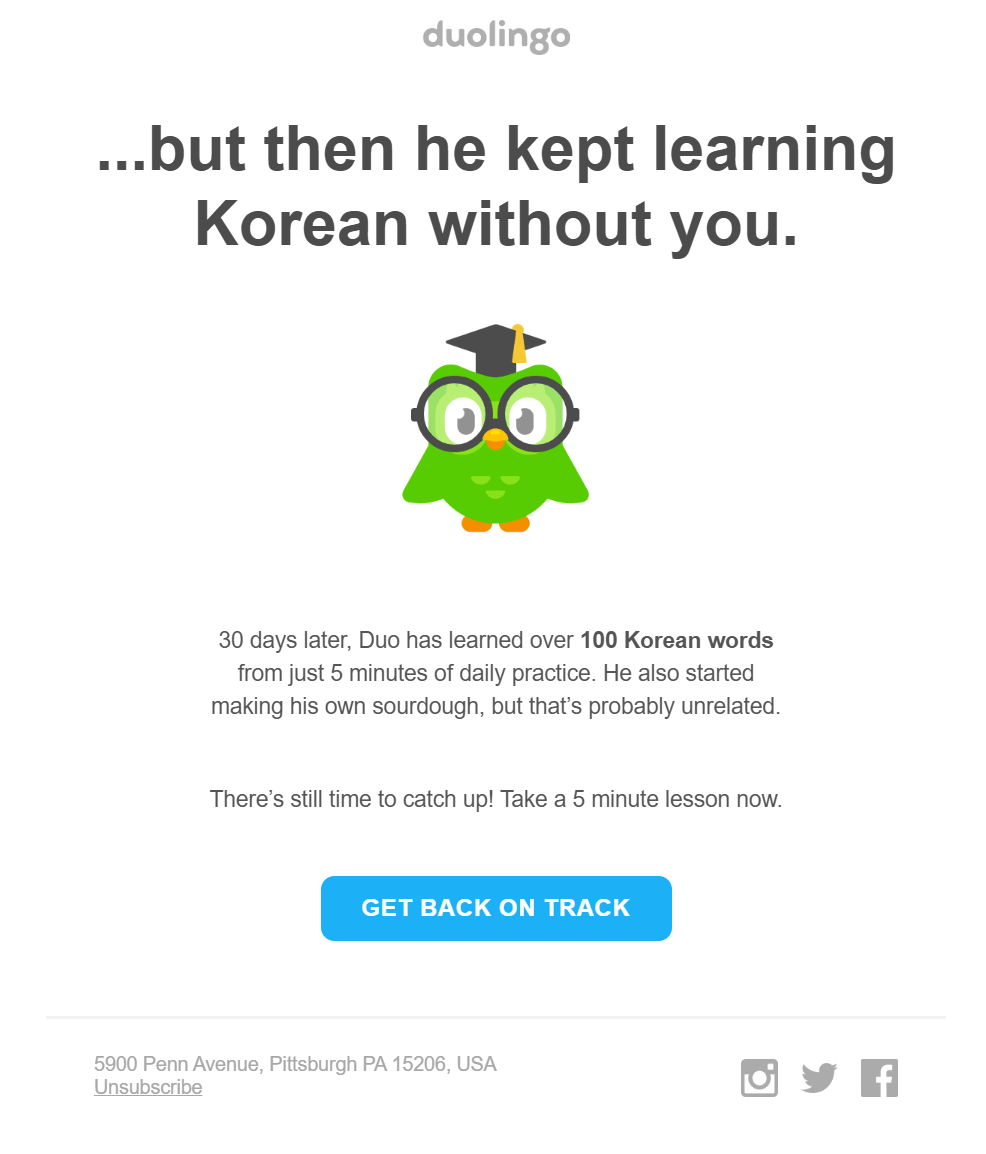
Common Email Storytelling Mistakes Brands Make
Not all storytelling in emails hits the mark. Some brands try to incorporate narratives but end up with emails that feel forced, flat, or too promotional.
Here are the most common mistakes that brands make when it comes to incorporating storytelling in their emails.
Overloading emails with product features
Many brands fall into the trap of listing product specs instead of making an emotional connection.
Customers don’t just want to know what your product does but why it matters to them and what pain points it solves.
Example: Instead of saying, “Our serum contains hyaluronic acid and vitamin C,” tell a story: “Meet Lisa. She struggled with dry, tired skin until she found a serum that made her glow again.”
Missing the character, pain point, or resolution
Every great story needs a protagonist, a challenge, and a resolution. Without this structure, emails can feel aimless or forgettable.
You should Introduce a relatable character (a customer, the brand founder, or even the recipient), highlight their struggle, and show how your product or service resolved it.
Example: “Mary used to dread laundry day until she found a detergent that made stains disappear.”
Focusing on the brand Instead of the customer’s journey
Too many emails are brand-centric instead of customer-centric. If your email is filled with “we” and “our company,” it’s time to shift gears.
Start by making the customer the hero of the story.
Example: Instead of “We launched this product to revolutionize skincare,” say, “Your skin deserves better, and here’s how we can help.”
The “Hero’s Journey” Framework for Email Marketing
So, how do you avoid these common mistakes and create a solid email storytelling process?
While copywriting formulas like AIDA (Attention, Interest, Desire, Action) and PAS (Problem, Agitate, Solution) can help, there’s one that works especially well for storytelling: The Hero’s Journey.
This storytelling framework has been used in everything from mythology to blockbuster films.
Popularized by Joseph Campbell, it follows a character’s transformation from facing a challenge to overcoming it with the help of a guide.
Sounds familiar? This is actually the backbone of stories like Star Wars, The Lord of the Rings, and even some of the most successful marketing campaigns.
In email marketing, this formula can help your target audience recognize a pain point, see the solution, and act.
As Ann Handley puts it, you need to “make your customer the hero of your stories,” so let’s see how to do that.
How to Adapt the “Hero’s Journey” for Email Marketing
The original Hero’s Journey framework has 12 steps, but here, a simplified version works best. Emails need to be clear and concise, so reducing the journey into fewer stages makes it easier to guide your audience without overwhelming them.
That’s why we’ve intentionally adapted the framework into 5 key steps for email campaigns:
- The Ordinary World
- The Call to Adventure
- The Mentor
- The Transformation
- The Return
The adapted steps will help you guide your audience from recognizing a problem to taking action, with your brand as their trusted guide.
Step #1: Identify the customer’s pain points
First, you need to acknowledge your audience’s pain points in a way that feels personal to them.
To do that, use conversational language to show them they’re not alone. Then, you can highlight the solution to the problem, which you’ll present in the next step.
For example, let’s say you run a meal delivery service and want to engage busy professionals struggling to maintain a healthy diet.
Here’s how to use storytelling to create an emotionally relatable scenario for them:
Email copy: “You plan your meals on Sunday, feeling motivated to eat healthier this week. But by Wednesday, you’re overwhelmed with work, and cooking feels like just another task. By Friday, takeout wins again. Sound familiar?”
Why it works:
- Your email opens with a real-life scenario many busy professionals experience, making the reader think, “Oh, that’s me!”
- Instead of jumping straight to the product, you validate the customer’s frustration and make them feel understood.
Step #2: Introduce a solution
Now that you’ve acknowledged the customer’s pain point, it’s time to give them a way to overcome it.
Start by presenting the solution as an opportunity for improvement. Keep it simple, engaging, and focused on the benefits one will gain rather than the features. This way, you avoid falling into one of the common storytelling mistakes and keep a natural flow.
Let’s use our fictional meal delivery service example from the first step to introduce the solution.
Email copy: “Imagine having quick meals delivered straight to your door so you can eat well, even on your busiest days.”
Why it works:
- The email copy introduces a hassle-free option that solves all the pain points.
- It invites them to visualize a better alternative, making the offer more personal and relatable.
Step #3: Position your brand as the “Guide”
Now that the customer sees a better way forward, it’s time to introduce your brand as the trusted guide that will help them make this change.
In this step, you need to focus on making their journey easier. Here’s how our fictional business would approach the matter.
Email copy: “That’s exactly why we created Freshbites to take the stress out of healthy eating. Our meals are chef-crafted, dietitian-approved, and delivered fresh, so you can enjoy nutritious food without the time-consuming prep.”
Why it works
- The messaging shifts from “Imagine if…” to “Here’s how we make it happen.”
- It focuses on the customer’s benefit, not just the product.
- Mentioning chef-crafted and dietitian-approved meals reassures the potential customer that they’re making a smart choice.
Step #4: Showcase the benefits of your product
After successfully positioning your brand as a guide, you should help your audience picture the benefits by sharing a real-life transformation.
To do that, add customer testimonials and case studies to your email copy to show your audience how their lives will change.
Email copy: “Just ask Sarah, a busy mom of two who used to dread dinnertime. Between work, school pickups, and late meetings, cooking always felt like another chore. But since trying Freshbites, she spends less time in the kitchen and more time with her family without compromising on health. ‘I finally feel in control of my meals without the stress!’”
Why it works:
- Sarah’s story reassures potential customers that your product works for real people.
- The social proof adds credibility to your product and brand.
- Readers who relate to Sarah’s struggle can see themselves experiencing the same relief and success.
Step #5: Call them to action
The recipient has now seen what’s possible, so let’s invite them to take action.
Make the next step clear, easy, and rewarding. Instead of just saying, “Buy now,” add value to the offer and give them a reason to act now.
Email copy: “You’ve got enough on your plate, so let us handle dinner. Fresh, balanced, and delivered to your door, so you can eat well without the stress. Try Freshbites today and get 50% off your first week. No commitments, just great meals made for your life.” [Get My Meals]
Why it works:
- It reminds potential customers how the product fits into their lives and the problems it solves.
- Offers a good discount and a personalized call-to-action (CTA).
- It creates urgency without feeling pushy.
- The “No commitments” addition reassures the reader that trying the product is risk-free.
Now, you have story-driven copy that presents your product as a solution that improves your customer’s life, not just another sales pitch.
Next, let’s bring it to life with a visual newsletter template.
Email Storytelling Template
Need a hand structuring your story? You can do it using the following copy template based on the “Hero’s Journey” framework.
Email copy template
You start every [week/day/month] determined to [goal], but life gets busy, and [common challenge] makes it harder than it should be. Before you know it, you’re back where you started. Sound familiar?
What if there was an easier way? That’s why we created [Your brand/product] to take the hassle out of [problem] so you can focus on what matters.
Just ask [customer’s name], who struggled with [pain point] until trying [your brand]. Now, [they] [positive outcome]. “[Insert short testimonial].”
You don’t have to keep dealing with [problem], we’ve got you covered. Try [brand/product] today and get [special offer, free trial, discount].
[Get Started]
Email design example
Then, you can add your copy to your email newsletter template and customize the design to save time.
Don’t forget to add visuals (images, GIFs, etc.) to make your design more visually appealing. A picture is worth a thousand words, after all.
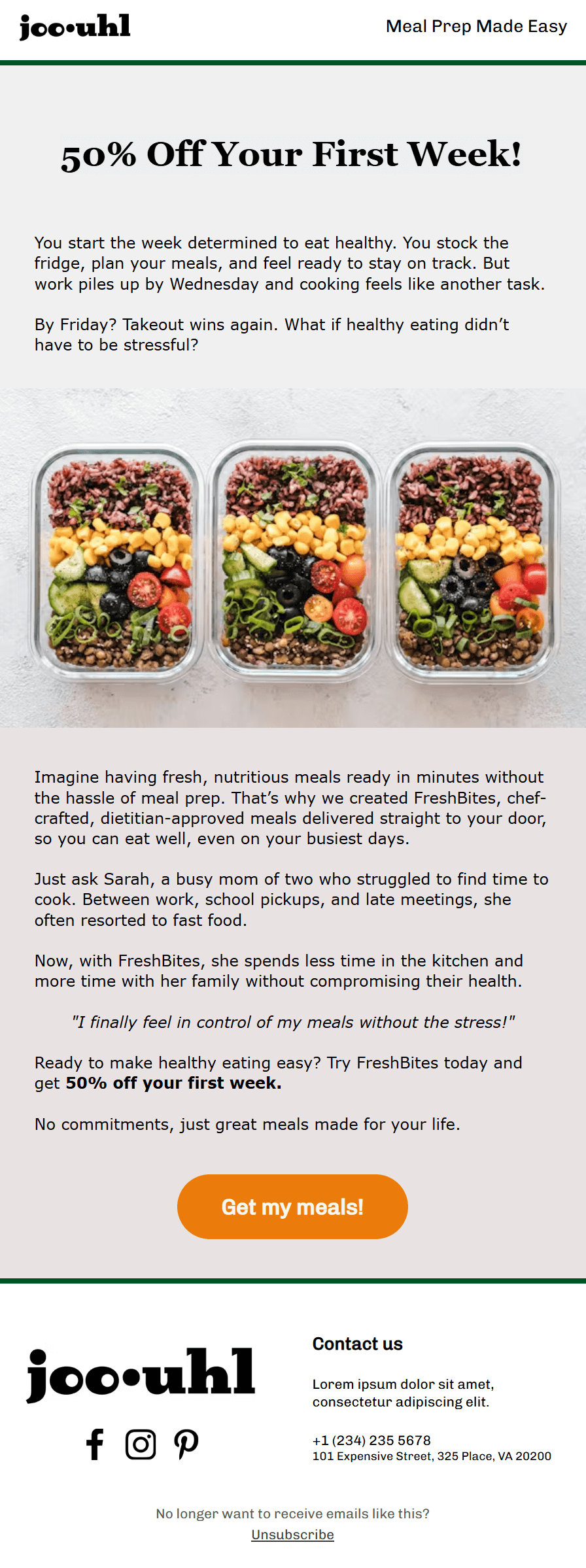
Email Marketing Storytelling Case Study: Drip
Every brand can integrate storytelling into their email marketing strategy, from eCommerce and retail to SaaS.
Here, we’ll see how automation platform Drip used it to increase their open rates and engagement.
In their recent case study, Drip highlighted how they struggled to create engaging emails that effectively promoted their service.
While the content was solid, their emails felt more like sales pitches than meaningful interactions. Here’s an example from their old newsletter:

According to Drip, it looked quite generic, so it was time to create something more unique to connect with their email list and drive higher engagement.
To do that, they:
- Revamped their approach by segmenting their audience and tailoring content based on engagement levels.
- Incorporated storytelling through personal anecdotes, humor, and intriguing subject lines to capture attention.
Here’s what their new story-based email looked like:

The result was a 123% increase in open rates and a 352% boost in CTR. Their emails became more engaging, aligned with their brand personality, and built stronger relationships with subscribers.
Instead of just selling, Drip connected with its recipients, who responded positively to the change.
Examples like this show that even software companies can use storytelling to create engaging, high-performing emails.
By shifting from a sales-heavy approach to one that feels personal, relatable, and engaging, Drip proved that storytelling isn’t just a creative choice but a conversion driver.
How to Add Storytelling to Different Email Types (with Examples)
Whether you’re nurturing leads, re-engaging customers, or announcing a new product, a story will let you grab your reader’s attention, create emotional connections, and drive action.
Let’s see how to use this powerful tactic for different email types.
Welcome emails
This is your first chance to connect with new subscribers. Instead of listing products or discounts, use storytelling to introduce yourself, explain why you’re a great fit for your potential customer, and explain what makes you different.
A brand story will help build trust and a sense of belonging, which will make recipients more likely to stay engaged.
Here are three easy steps to help you do it:
- Introduce the founder or brand mission with a personal touch.
- Share a challenge or turning point that led to the brand’s creation.
- Keep it conversational to make new subscribers feel like part of a community.
Now, let’s see a real story-based welcome email example.
Example: The Turmeric Co.

The Turmeric Co. starts with a personal story from founder Thomas Robson-Kanu.
Instead of diving into product benefits, he shares his journey as a professional footballer, including how a serious injury almost ended his career.
This creates an emotional hook, making readers invested in his story before he introduces how turmeric helped him recover and led to the creation of his company.
Why it works:
- Uses a personal, conversational tone that makes new subscribers feel connected to him.
- Highlights his brand as more than just a business by showcasing its real-life origins.
- Ends with an invitation to stay tuned for the next email, keeping readers interested in the brand’s journey.
Further reading: You can use the “Hero’s Journey” to structure your origin story. Then, grab one of these welcome email templates and create your story-based campaign.
Promotional emails
Instead of just listing features, storytelling helps highlight the craftsmanship, inspiration, or human touch behind what you’re selling, making it more compelling for customers.
You don’t have to build an entire email around a story. Sometimes, a mini story strategically placed into the body copy is enough to create an emotional connection.
For instance, you can share the process behind a handmade piece, the inspiration for a design, or the people who brought it to life. These small details will make products feel special and increase engagement.
Example: BIKO

BIKO’s email introduces its first-ever hand-blown glass collection by describing the jewelry and telling a brief behind-the-scenes story.
It highlights Suna, the glass artist, and walks the reader through the process of shaping, blowing, and painting each bead by hand.
Why it works:
- Shows the person behind the collection to make the product feel special and human-made rather than mass-produced.
- Guides them through the creative process, making them more invested in the product and leading them to explore and shop the collection.
Cart abandonment messages
Did you know that you can make your cart abandonment emails more effective by using a classic storytelling technique?
We are referring to personification, a tactic that gives human traits to non-human objects.
This way, you can turn an abandoned cart into a relatable character that “misses” the customer, making the email feel less like a sales push.
For instance, a cart that sends a message like, “Hey, I’m still here! Don’t leave me behind!” instantly feels more fun, engaging, and human, increasing the chances of conversion.
Example: Soylent
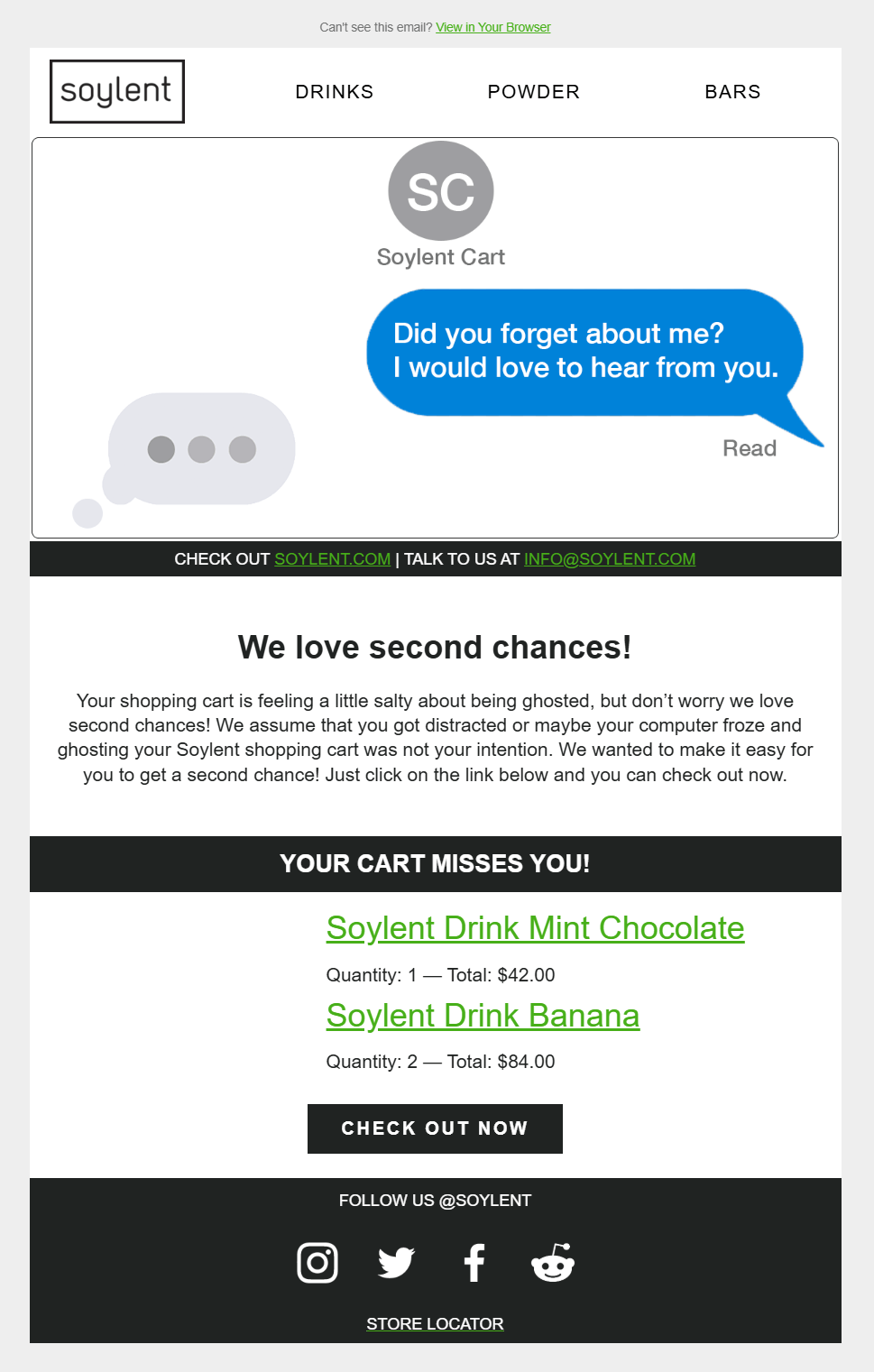
Soylent uses personification to turn a cart recovery email into an engaging, story-driven experience.
Instead of a generic reminder, the email frames the cart as a forgotten friend, asking the customer, “Did you forget about me? I would love to hear from you.”
Why it works:
- Uses humor and personality to make the email stand out from standard cart reminders.
- Engages the recipient emotionally by turning the cart into a relatable character.
- Encourages action without being pushy, making the return to checkout feel natural and fun.
Further reading: Check out our conversational marketing guide to learn how to create emails that feel like real conversations.
New product/service launch
When launching a new feature or service, a typical email might focus on listing its benefits.
But to make it truly resonate, storytelling helps turn a new offering into an experience customers can picture themselves in.
Here’s how to add storytelling to your new product/service launch campaigns:
- Bring the feature to life with real people, cultural moments, or sensory details to create a deeper emotional connection.
- Show customers how it enhances their life, solves a problem, or unlocks something exciting.
- Instead of just saying, “Book a cooking class,” make them feel like they’re already there: smelling fresh herbs, learning from a local chef, and sharing a meal.
Example: Airbnb

Rather than simply announcing “Cooking Experiences,” Airbnb’s email transports readers into a beautiful moment.
The email introduces Claudia, a host who carries on 4,000 years of Mexican culinary tradition.
Through email copywriting and visuals, it shows her hand-grinding cacao and chiles on an ancient metate to make mole, tying in a personal story: “Claudia learned from her grandfather that food is more than a sum of ingredients. ‘It’s a medicine for the people you love.’”
Why it works:
- By focusing on Claudia’s story, the email makes the feature feel personal and authentic.
- It paints a sensory-rich picture of what new customers will experience.
- The story invites users to explore rather than pressuring them to book.
Re-engagement campaigns
Re-engagement emails should motivate inactive users by making them feel like they have unfinished business with your brand.
The most popular tactic is to send a simple “We miss you” message. However, gamification and challenge-based storytelling can be more effective.
For instance, creating a sense of loss or urgency, such as highlighting lost progress, an expired perk, or a status they once held, can nudge users to return.
Personalizing the challenge by referencing their past activity or achievements will also make the email feel relevant, while competitive or social triggers, like showing how others have progressed, add extra motivation.
Example: Strava

Strava’s email doesn’t just remind users to return but challenges them by showing that they lost their Local Legend status.
The email uses competition-driven storytelling to make the user feel like they have something to reclaim.
Why it works:
- The headline, “Uh oh! You’re not the Local Legend anymore,” creates urgency.
- The body copy highlights the loss by stating exactly who overtook them (Paul Ridler’s 16 efforts set the new bar), making it feel like a real challenge, not just a routine update.
- It gamifies the experience by displaying past efforts and adding a CTA that encourages the user to jump back in and reclaim their title.
Email Storytelling Matters
A good story can turn a simple email into something worth opening, reading, and, most importantly, acting on.
AI can generate the content, but it can’t replicate the “feeling.” That’s where storytelling wins. It makes a brand feel human, a product feel essential, and an email feel like more than just another notification.
As inboxes get more crowded and AI-written content becomes the norm, the brands that stand out will be the ones telling stories worth remembering.
Ready to bring your emails to life? Sign up for a Moosend account and use the drag-and-drop editor to turn your brand stories into email marketing campaigns that will leave a mark.
FAQs
Let’s answer some common questions about email storytelling.
1. What brands can benefit from storytelling in email marketing?
Storytelling is a powerful tool for any brand looking to engage its audience. Nonprofits can use stories to inspire donations, entrepreneurs can build personal connections with their audience, and large business owners can create brand loyalty by making their emails feel more human. Whether you’re selling a product, sharing a mission, or growing a community, storytelling makes your emails more memorable.
2. Does storytelling impact email deliverability?
Emails that feel engaging and personal tend to have higher open rates and lower spam complaints, which can improve deliverability. However, it’s important to keep emails concise and avoid overly complex formatting, which can trigger spam filters.
3. What type of content works best for storytelling emails?
Customer success stories, founder narratives, mission-driven campaigns, and personal anecdotes work especially well. The key is to choose content that makes the reader feel emotionally invested rather than just listing features or promotions.
4. Can I A/B test storytelling emails?
A/B testing helps you refine your storytelling approach. You can test different narrative angles, subject lines, or CTA placements to see what resonates most with your audience.
5. How does storytelling fit into social media marketing?
Email and social media go hand in hand. To extend their reach, you can repurpose email stories for Instagram captions, LinkedIn posts, or X threads. Likewise, if a story performs well on social media, consider adapting it into an email campaign to increase engagement.
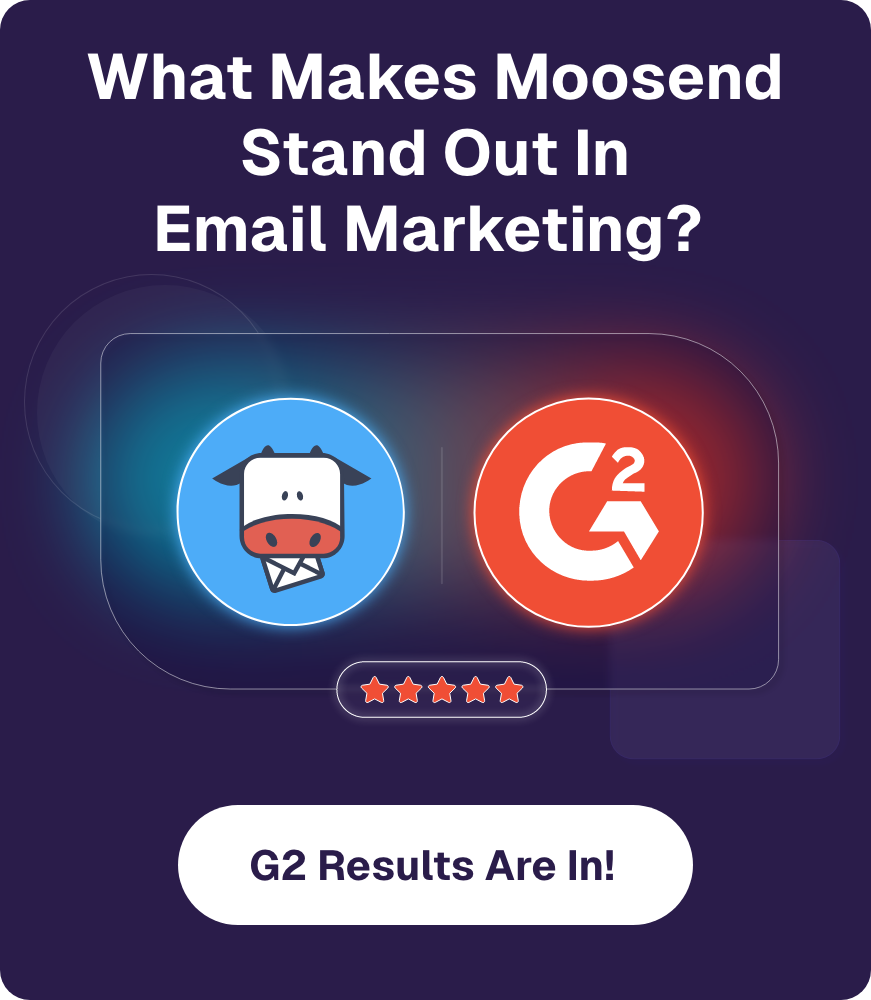



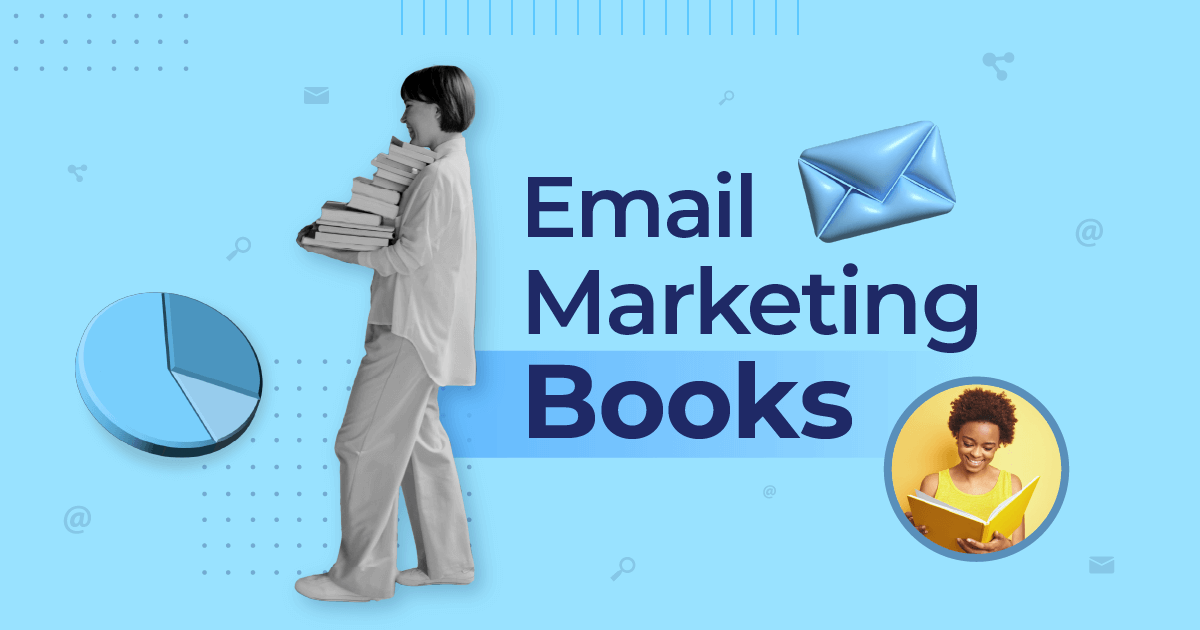
 Published by
Published by
